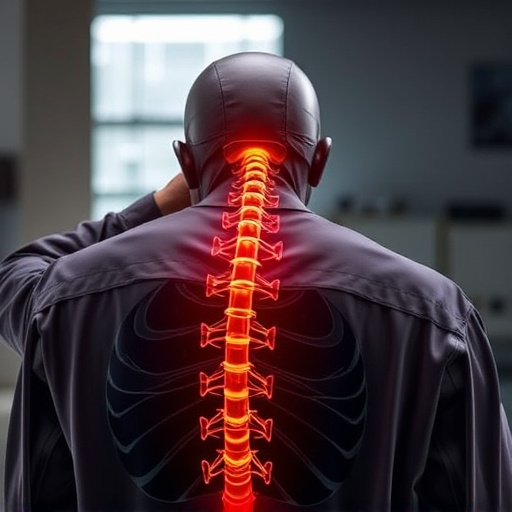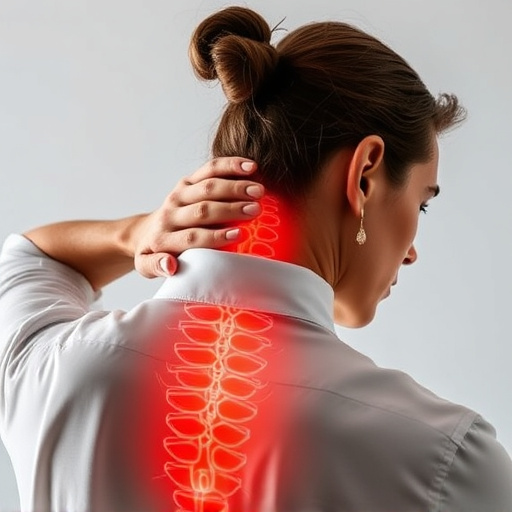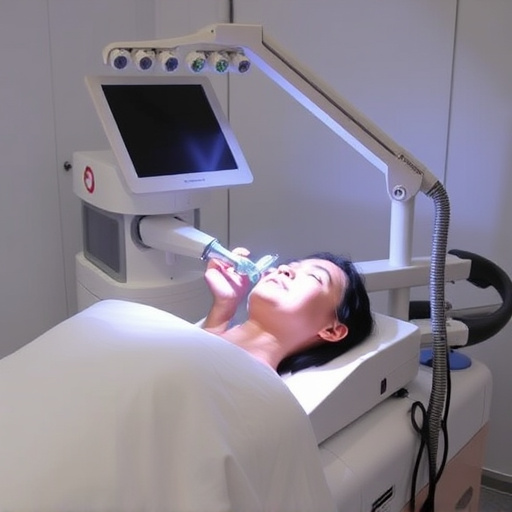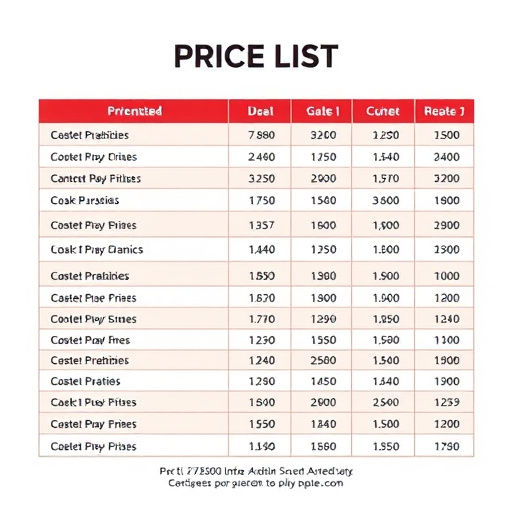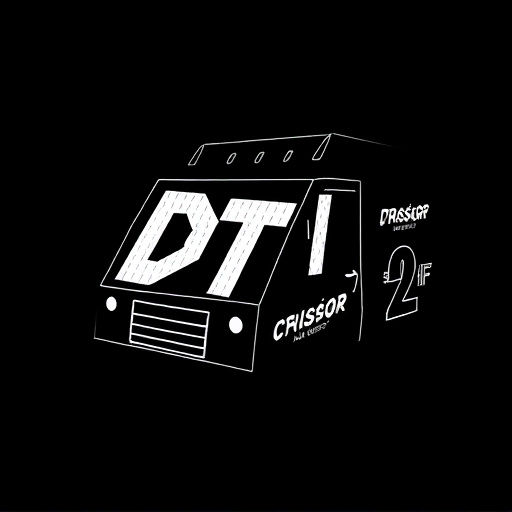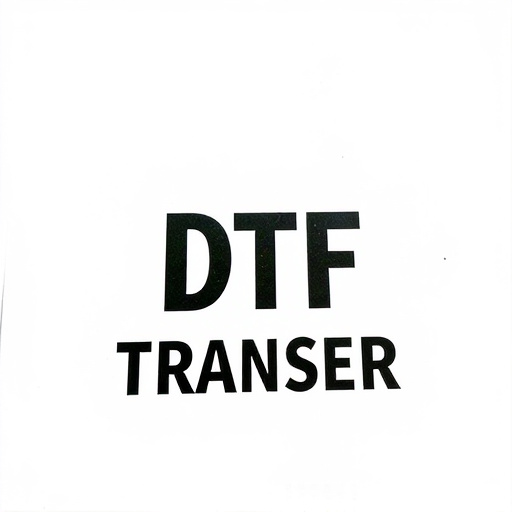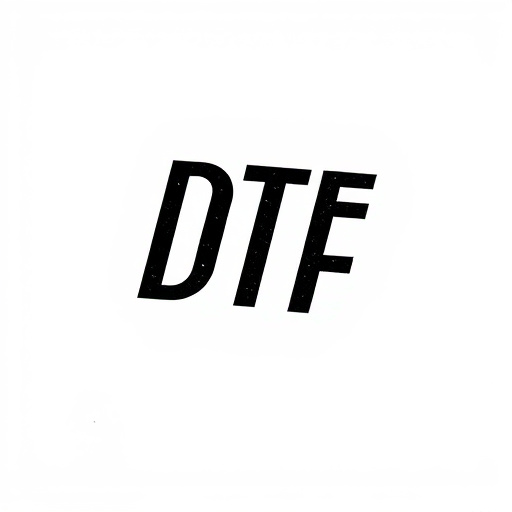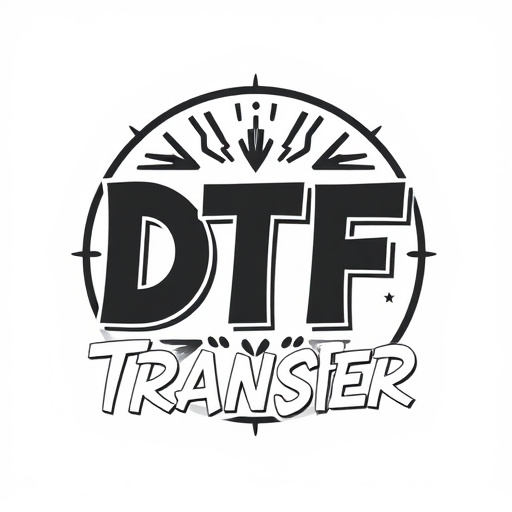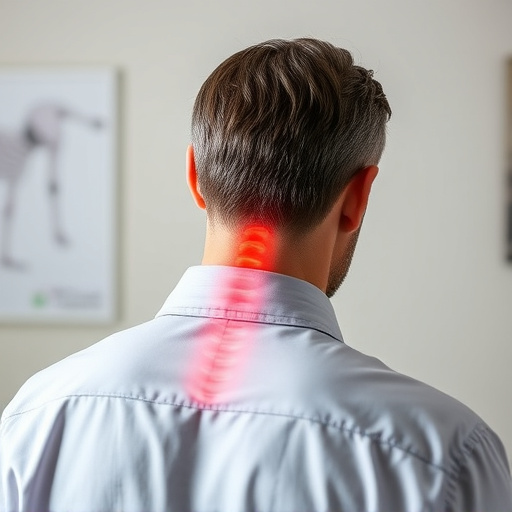DTF Prints (Direct-to-Film) is a revolutionary technology transforming visual interaction and artistic expression. It enables professionals to swiftly convert digital designs into high-quality, tangible prints on diverse surfaces like glass, metal, and wood. With its vibrant colors, intricate details, and durability, DTF Prints captivates audiences in bustling urban environments. This game-changer facilitates creative exploration, enhances outdoor advertising, and revolutionizes art appreciation in the digital age, offering endless possibilities for designers and artists alike.
Discover the transformative power of Adhesive Direct-to-Film (DTF) products, pushing creative boundaries beyond fabric. This innovative printing technology offers a revolutionary adhesive solution for diverse non-fabric surfaces. From meticulous surface preparation techniques to choosing the perfect DTF adhesives and exploring unforeseen applications, this comprehensive guide unveils the secrets to achieving high-quality DTF prints. Uncover the benefits that make DTF Prints a game-changer in various industries, revolutionizing how we adorn and customize non-fabric materials.
- Understanding DTF Prints: A Revolutionary Adhesive Solution
- Non-Fabric Surface Preparation: Ensuring Optimal Adhesion
- Benefits of Using DTF for Diverse Substrates
- Choosing the Right DTF Adhesives: Formulation and Compatibility
- Applications Beyond Fabric: Unlocking Creative Possibilities
- Best Practices for Achieving High-Quality DTF Prints on Non-Fabric Surfaces
Understanding DTF Prints: A Revolutionary Adhesive Solution

Non-Fabric Surface Preparation: Ensuring Optimal Adhesion
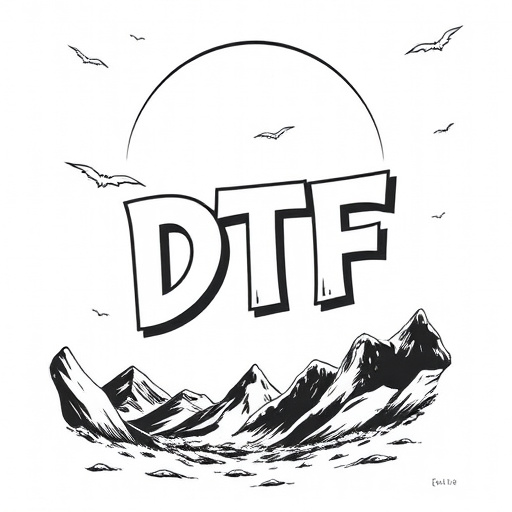
Benefits of Using DTF for Diverse Substrates
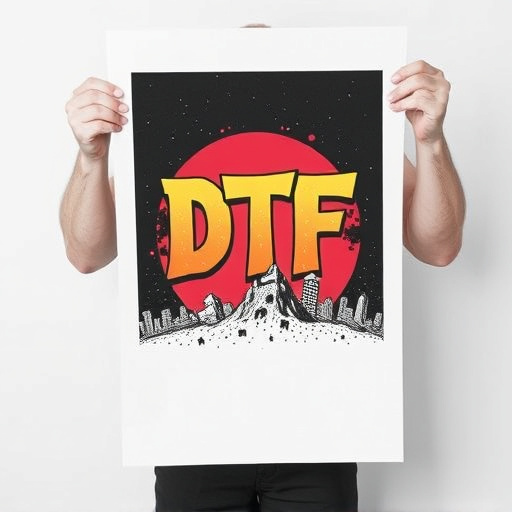
Direct-to-film (DTF) printing offers a versatile and efficient solution for adorning non-fabric surfaces with vibrant, long-lasting visuals. One of its key advantages is the ability to produce high-quality prints on a wide range of materials, from glass and metal to acrylic and wood. This versatility makes DTF an attractive choice for various industries, including automotive, architecture, and signage.
Additionally, DTF technology provides excellent durability and weather resistance, ensuring that printed images maintain their clarity and vibrancy over time. This feature is particularly valuable for outdoor applications, as it allows for the creation of captivating murals, advertising displays, and decorative elements that can withstand harsh environmental conditions.
Choosing the Right DTF Adhesives: Formulation and Compatibility

When selecting an adhesive for direct-to-film (DTF) printing on non-fabric surfaces, understanding the formulation and compatibility is key. DTF adhesives come in various types, each with unique properties tailored to different materials and applications. Acrylic-based adhesives are popular due to their versatility, offering strong bonds on a wide range of surfaces like metal, plastic, and even glass. This choice is especially beneficial for creating durable DTF prints that withstand outdoor conditions or high-traffic areas.
Compatibility is another critical aspect. The adhesive must be compatible with the film and substrate used in the printing process to ensure optimal results. For instance, using a water-based adhesive with a non-porous surface might not provide adequate adhesion. Always check the product specifications and conduct compatibility tests to avoid issues like bubbles, delamination, or poor print quality. Ensuring the right formulation and compatibility will result in crisp, long-lasting DTF prints suitable for various projects.
Applications Beyond Fabric: Unlocking Creative Possibilities

Best Practices for Achieving High-Quality DTF Prints on Non-Fabric Surfaces

To achieve high-quality DTF (Direct-to-Film) prints on non-fabric surfaces, best practices include preparing the substrate surface thoroughly. Cleanliness is paramount; ensure the surface is free from dust, grease, or any contaminants that could hinder adhesion. Priming the surface with a suitable primer can significantly enhance bond strength and print clarity. Use high-quality, compatible adhesives designed for non-fabric substrates to guarantee optimal results.
Moreover, precise print settings are crucial. Calibrate your printer accurately, using the right resolution and ink type tailored to the substrate. Maintain consistent printing temperatures and pressures to avoid print defects like blotching or uneven application. Regularly maintain and clean your equipment to ensure consistent performance.


